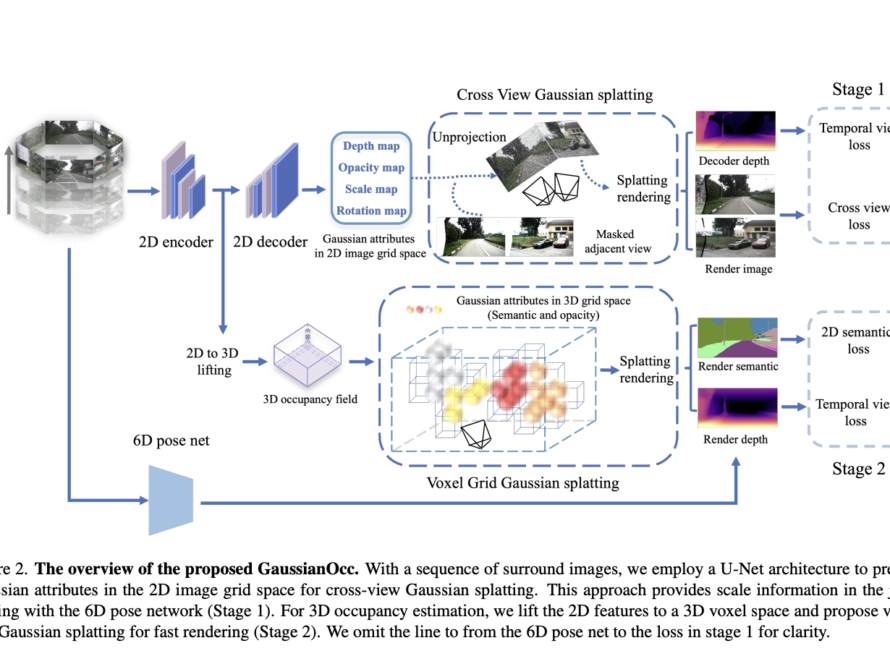You already know you can’t just wing vendor management and supplier onboarding processes. All firms, if they are sufficiently scaled and expect to run efficiently for years to come, have a formalized vendor onboarding process to facilitate new vendor working relationships and standardize expectations across the enterprise.
We all understand the importance of comprehensive, well-thought-out vendor onboarding systems. Less common, though, is leveraging next-generation automation and artificial intelligence (AI) tools and platforms to streamline the process further.
Even the best manual vendor onboarding procedures still tend to be clunky and cause confusion or friction at key points – much of which is reduced by automating your vendor onboarding processes.
What is Supplier Onboarding and Vendor Onboarding?
Supplier and vendor onboarding describes the rapid run-up following a contract confirmation or accepted bid. After a bidding process’s due diligence, onboarding requires collecting tons of information and documentation (insurance, NDAs, certifications, etc.) to ensure compliance and manage risk. And that’s just the beginning.
You’ll need to:
- Build a vendor profile within your supplier management platform.
- Walk your vendor through your unique workflows across the contract lifecycle, including fulfillment, invoicing, and payment.
- Create a set of shared expectations driven by your company goals, mission, and ethics requirements.
Ultimately, the granular onboarding process depends on your industry and specific business. In general, though, vendor onboarding is some permutation of the above but often encompasses far more depending on your tech platforms, financial positioning, and even geographic location.
Here’s one vendor onboarding checklist, published by hardware giant Lowe’s, that shows just how lengthy and nuanced the process is – even when well-defined and described. Here’s another, even lengthier, onboarding checklist from Walmart.
Challenges of Legacy Vendor Onboarding
The largest and most common challenge associated with legacy onboarding is the sheer time and effort each integration takes. Depending on your firm, you could easily onboard ten or more new vendors annually. If each onboarding cycle takes a week or more, that’s a full workweek lost. Some companies dedicate a specific team member to onboarding, whereas others make onboarding within a specific domain an additional duty for employees on top of their day-to-day work. In either case, onboarding demands time and effort you’d likely prefer expending elsewhere.
What’s worse is that with manual supplier onboarding, you face the risk of human error or omission, jeopardizing your operation. Not collecting key compliance documentation, shifting focus between typical tasks and onboarding, missing a critical data point – all these, and more, are very real effects of human error when you’re burdening employees with walking vendors through onboarding multiple times a year.
Finally, though consistent processes are the gold standard of effective onboarding, the fact remains that the human impact of manual onboarding creates divergence from stated procedures and can stovepipe critical information. For example, imagine you have a dedicated employee who manages onboarding. They’re a rockstar and can onboard a new vendor in their sleep without consulting the laborious onboarding guide you’ve created. Better yet, through experience, they’ve created efficiencies and shortcuts within the onboarding process.
Sounds great, right?
It is, until it isn’t. If that employee leaves, you’ve lost years of institutional knowledge that isn’t codified and can’t be replicated by their replacement. Worse yet, they probably weren’t iteratively updating your process manual. You’re now years behind in your process, costing your company time and money while possibly straining relations with existing and prospective suppliers.
Benefits of Streamlining the Supplier Onboarding Process
Even if you stick with legacy onboarding, the benefits of streamlining that process are clear (as evidenced by the corporate onboarding documentation linked above). When you proactively manage your onboarding to optimize efficiency, you:
- Improve vendor and supplier relations by creating mutual trust, transparency, and ease of working together.
- Reduce risk associated with missing key documentation or skipping integral steps.
- Save money through labor reduction and avoid unexpected expenses or spending that often pop up during ad hoc onboarding processes. At the same time, while rare, deliberate onboarding can identify vendor fraud before it becomes a problem.
- Generate an effective supply chain, avoiding the bullwhip effect, which often creates oversupply and inventory bloat in reaction to short-term undersupply.
- Ensure compliance with relevant regulatory and legal demands while protecting yourself from vendor litigation in the event of mismanaged manual onboarding.
- Avoid lags and snags during invoice routing and invoice processing, keeping vendors happy and paid on time.
At the end of the day, an effective onboarding process is like the final stage of an interview. But, in this case, the vendor is onboarding you. If the onboarding process is a mess, unclear, or difficult to navigate, you fail the interview. Likewise, having a smooth onboarding process sets the stage for a fruitful business relationship while communicating your commitment to ease-of-use and communicating authority as a well-run business.
How Companies Automate Supplier Onboarding
Today, the most efficient companies are streamlining their vendor onboarding by leveraging supplier onboarding software or supplier onboarding solutions driven by AI and almost wholly automated.
While your specific supplier onboarding portal or onboarding software requirements are driven by the nature of your work and vendor types, commonly automated onboarding systems include:
- Data repository: when you automate initial documentation and data requirements, you build the system once – and you’re done. After that, the vendor inputs all required information, and the system automatically updates iteratively according to a pre-scheduled timeline or as information changes.
- AP automation software: manually managing your trade payable or accounts payable is one of the biggest drains on employee time and can be devastating if a human error causes a misplaced digit to slip through the cracks. AP automation slashes your days’ payables outstanding, improving your cash flow to create greater predictability and capital forecasting.
- Vendor self-service portals: your vendor won’t have to wait for business hours to answer common questions or complete their part in a required workflow. As we increasingly globalize operations, having a centralized self-service portal cuts down on inefficiency and waste caused by working across time zones.
- Data oversight: as the saying goes, you can’t change what you don’t track or measure. Automated onboarding tools build complex data sets that would otherwise take hours to model, and intuitive dashboards display that information in a way that drives decision-making at the highest enterprise levels.
- Creating a common language: suppliers and procurers often use different software or tracking mechanisms. Integrating automated onboarding processes improves communication and long-term workability by taking disparate workflows, data sets, and more into a holistic, mutual understanding.
Conclusion
Onboarding vendors and supplier onboarding software are a late entrant to workforce digitization but are rapidly gaining ground. Automated onboarding helps even the smallest companies focus their effort on what matters – operations and generating value – while improving supplier integration faster than before. Better yet, a host of AI-driven tools within common supplier onboarding software can help executives and managers improve cross-sectional efficiency by turning mountains of data into actionable insights.



